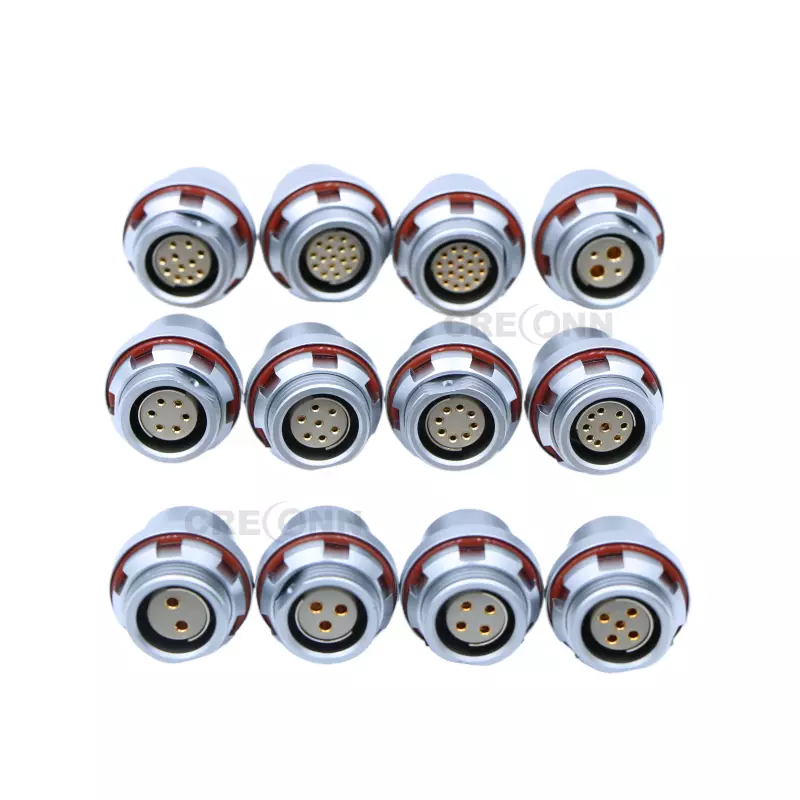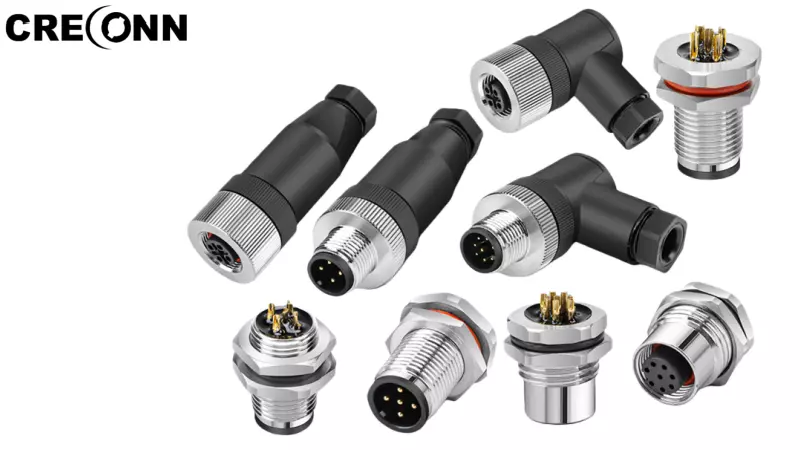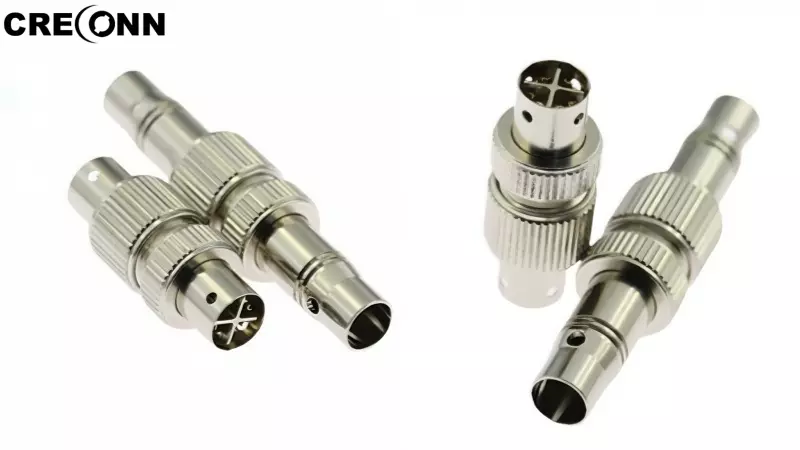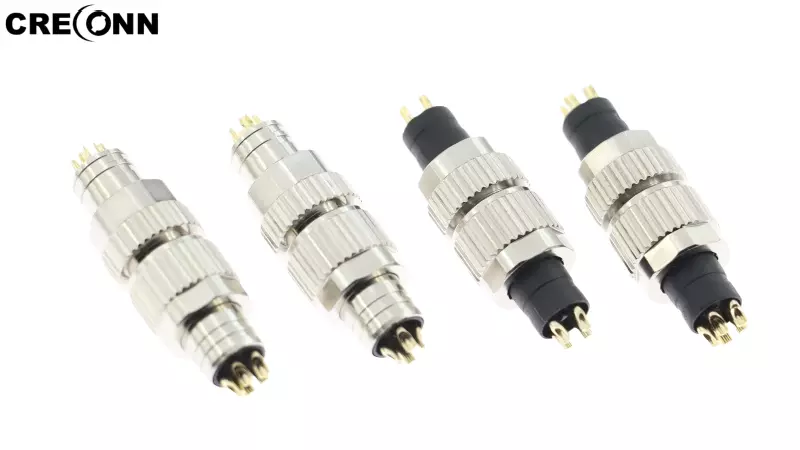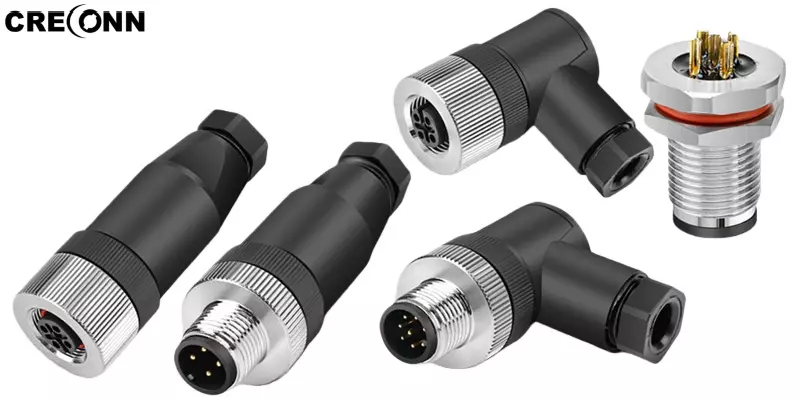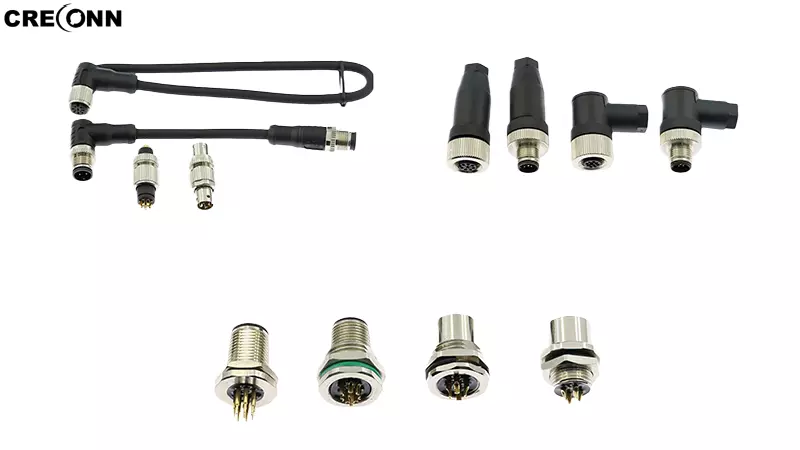How to Choose Connector Pin Count?
How to Choose Connector Pin Count?
In electronics assembly, DIY projects, or industrial wiring, connectors act as "bridges" for signal and current transmission. The pin count—a key parameter—directly determines if a connector fits your needs: too many waste cost and space; too few cause functional failures. Here’s how to choose it right.
1. What Is Connector Pin Count?
Simply put, it’s the number of conductive pins/jacks in a connector. Each pin equals one independent transmission channel. For example:
• USB Type-C has 24 pins (transmits data, power, video).
• Basic battery connectors have 2 pins (positive/negative for power only).
More pins mean higher functional density, but also larger size, weight, and cost.
2. 3 Core Steps to Choose Pin Count
Step 1: List Your Needs
Identify what you need to transmit (each item needs at least 1 pin; some signals need more):
• Power needs: How many power groups? E.g., a drone motor may need 4 pins (2 for main power + 2 for backup).
• Signal needs: What signals? E.g., a temperature and humidity sensor needs 2 pins (temp + humidity); a camera needs 3-5 pins (video + control).
Example: A simple temperature and humidity recorder needs 3 pins (2 for sensor signals + 1 for battery/data, with insulation noted).
Step 2: Add Redundancy for Future Use
Reserve 10%-20% extra pins for upgrades or repairs:
• Smart home gateway: 4 current sensors → choose 6 pins (for 2 more future sensors).
• Industrial control module: 8 signals → choose 10 pins (for diagnostic signals).
Step 3: Consider Limitations
• Space constraints: For small devices (smartwatches, drones), use high-density connectors (e.g., board-to-board) or merge signals (via bus protocols) to save space.
• Interference risk: Separate high-current and weak-signal pins (or use two connectors) to avoid interference.
3. Common Mistakes to Avoid
1. "More pins = better": Extra pins increase cost and oxidation risks.
2. "Buy by device model": Same models may have different configurations—calculate based on actual needs.
3. "Ignore pin definition": Mismatched pin functions (e.g., wrong positive/negative) can damage devices.
4. Quick Calculation Formula
For beginners:
Required Pins = (Power Channels + Signal Channels) × 1.2 (Redundancy Factor)
Example: A robot arm needs 6 power pins (3 motors × 2), 2 sensor pins, 1 control pin.
Calculation: (6+2+1)×1.2≈11 → choose 12 pins (for easy sourcing).
Guangdong Corecon Precision Industry Co., Ltd. specializes in various industrial connector, push-pull self-locking connectors, new energy connectors, M series connectors , waterproof connectors, electric bicycle signal and power connector, and all kinds of wire harnesses. If you have any questions related to the connector industry, please contact us and we will provide you with free, one-stop professional solutions within 24 hours.
